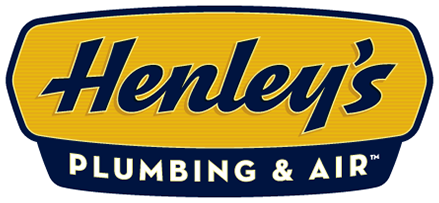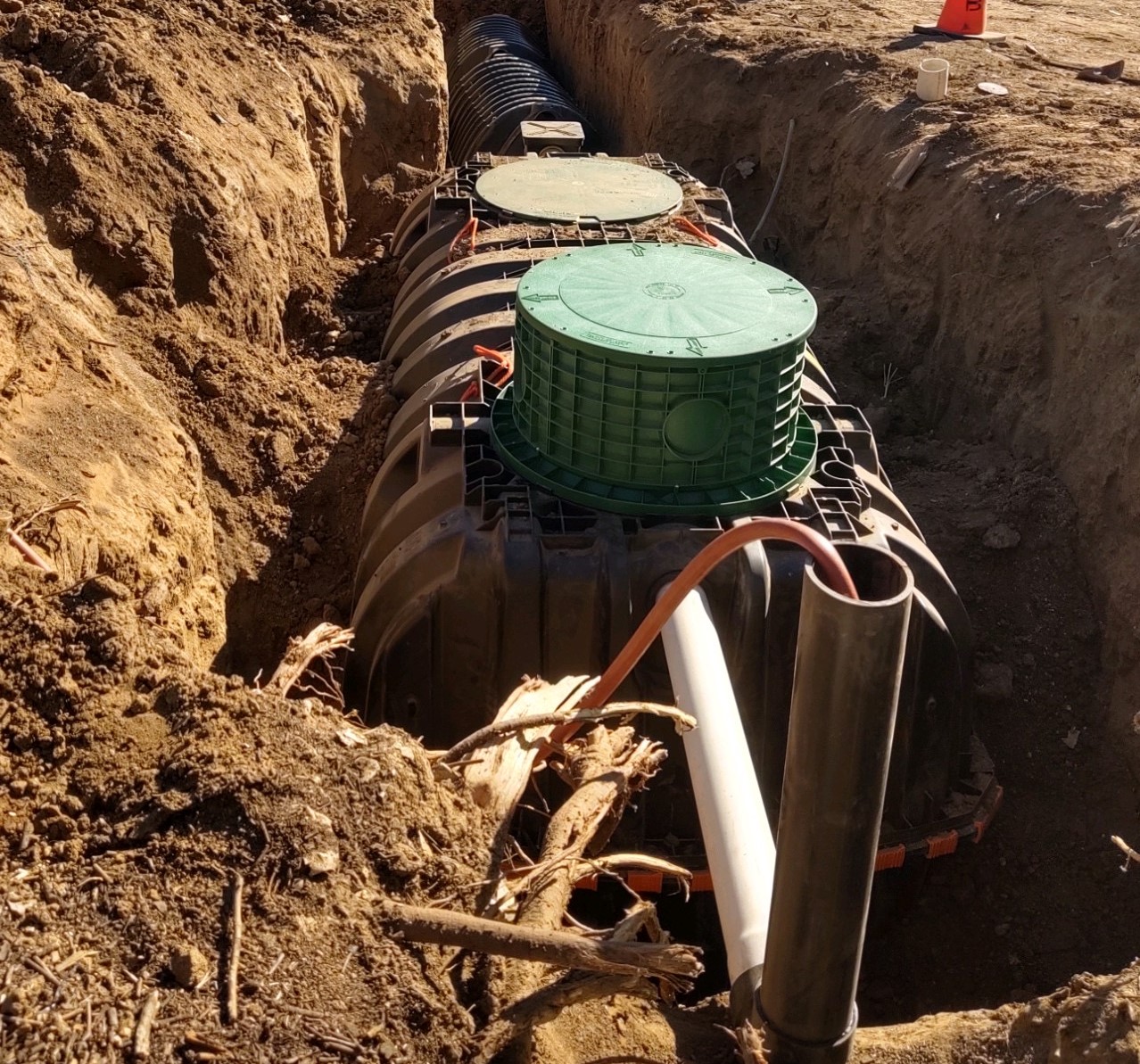If you live in an area without a centralized sewer system, you have what is called a septic system. Typically, a septic system, as opposed to a sewer system, is found in rural areas. They are also found in areas where the houses are spaced so far apart that installing a sewage system would be too expensive to fix.
Septic systems, like sewer systems, are used to treat wastewater from your home. This includes water from the kitchen drains, your laundry room, and your bathroom. This includes not only the bathtub and bathroom sink but the toilet as well. So, what exactly is a septic system?
What Is a Septic System?
A septic system has several components. You have the septic tank, the drain field, and the field that absorbs the water, the water absorption field. When your wastewater enters the septic system, the organic matter (non-liquid) is separated from waste that floats like grease or oil. If your septic system is soil-based, the liquid from the tanks flows through pipes that are perforated and buried in one of several types of units that gradually release it into the soil. Some septic systems have pumps or use gravity so that the wastewater can trickle through sand or wetlands contrasted for that purpose. These systems help to neutralize some of the contaminants.
How Does It Work?
Your house has one main drainage pipe. All the wastewater runs through that to the septic tank. The septic tank is a container that is buried in your yard. It holds the waste from your house long enough for the various components to separate. The solids sink and form sludge on the bottom. The oil and grease will rise to the top. They are called scum at that point. A t-shaped outlet prevents the sludge and scum from entering the drain field. Only the liquid wastewater, which is in the middle as described above, can leave the tank and make it to the drain field.
The drain field is shallow and is excavated in unsaturated soil. The field is then covered. Before the wastewater from your septic tank is treated, it percolates through the perforations in the pipes throughout the drain field. As it moves through the soil, it is treated and is eventually discharged into the groundwater. The biggest problem you can have is that heavy rains can flood the drain field. If this happens, sewage can make its way to the ground surface and back up your toilets and sinks. Lastly, the wastewater makes it into the soil where it naturally removes the harmful bacteria, viruses, and nutrients.
What Else Should I Know?
It helps to know if you have a septic system. If you have well water, you likely have a septic system. If your neighbors have one, you probably do as well. If your municipality isn’t charging you for a sewer or if the water line that comes into your house is not metered, you also likely have a septic system.
If your system is failing, you should fix it as quickly as possible. Generally, a bad smell is not the first sign. If your drains are backing up into your house, in dry weather, you have bright and spongy grass on your drain field, or if you have water pooling or muddy soil around your system or in your basement, you have a problem. Get it addressed by a professional.

